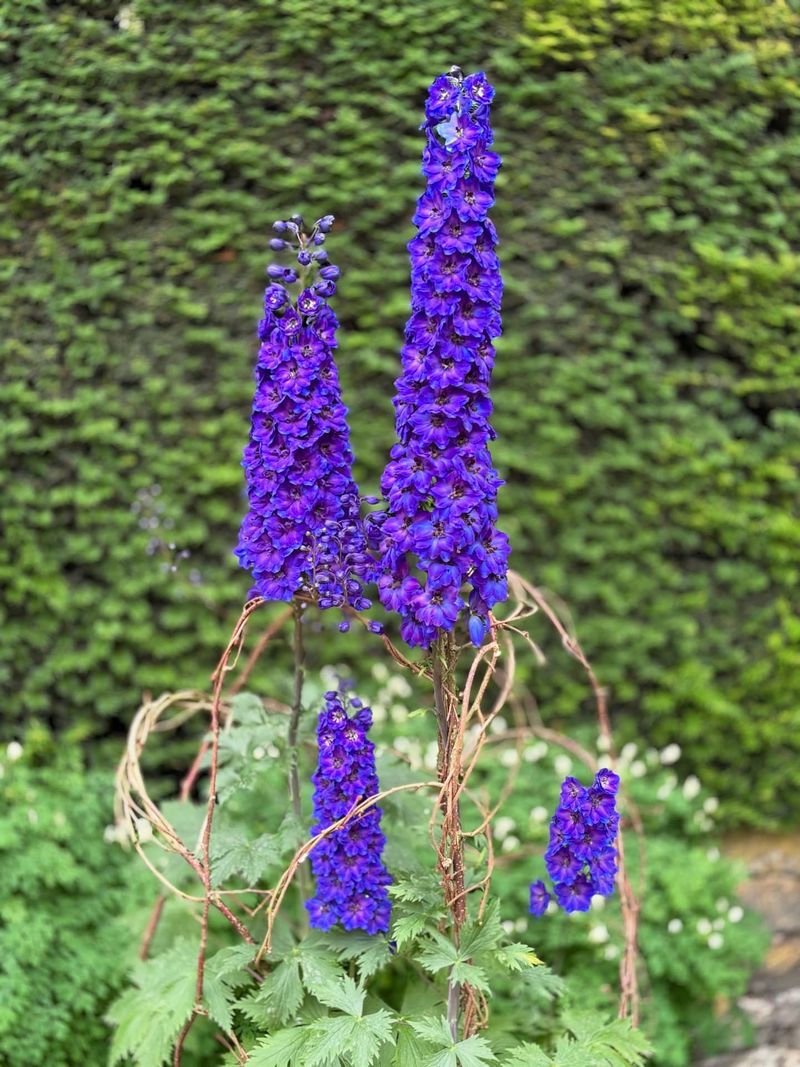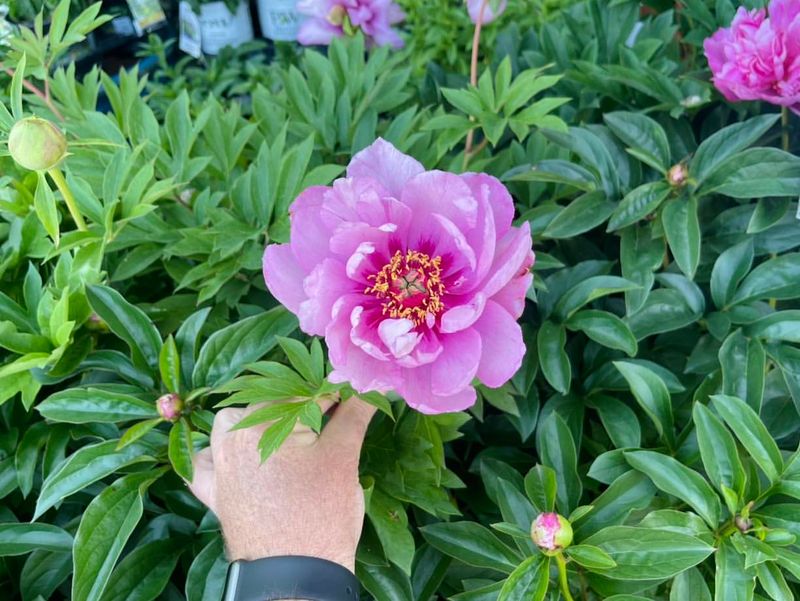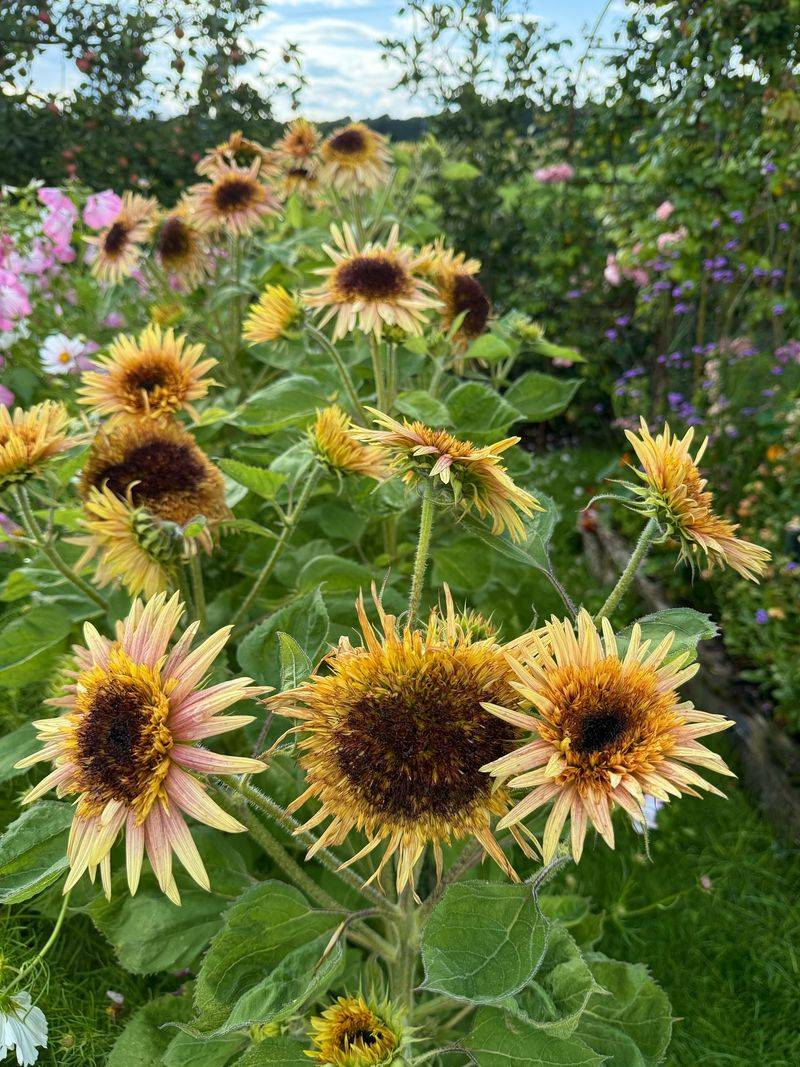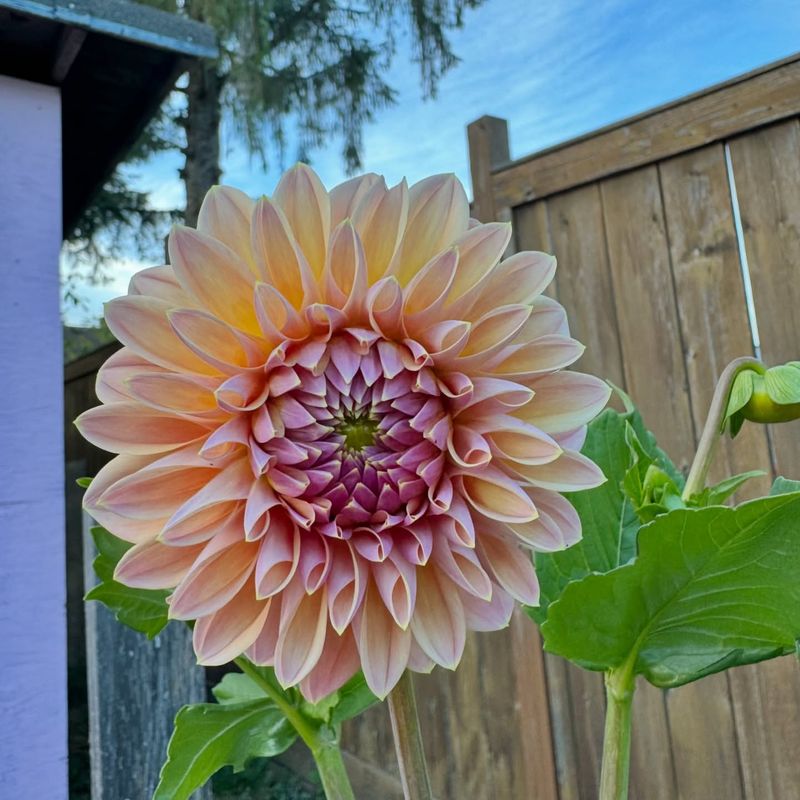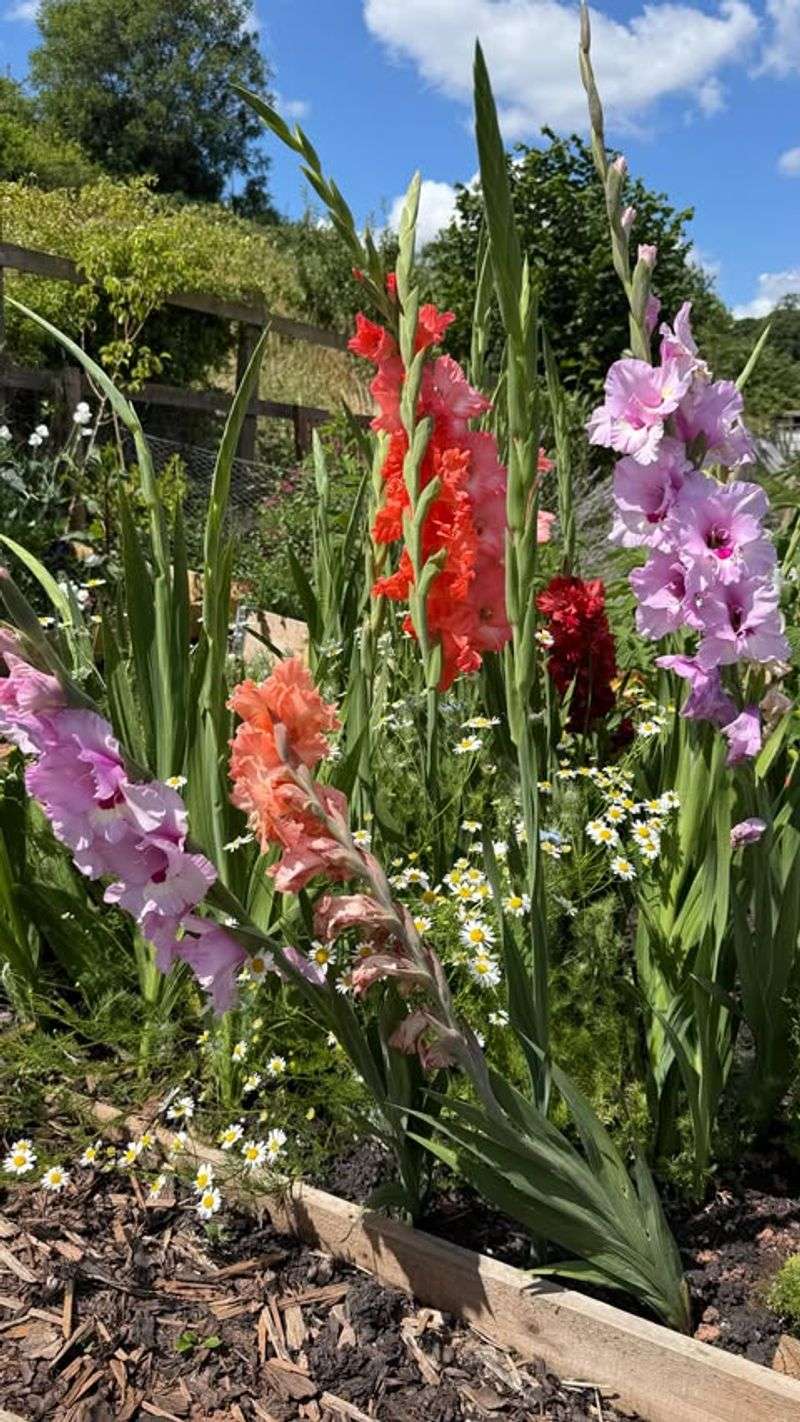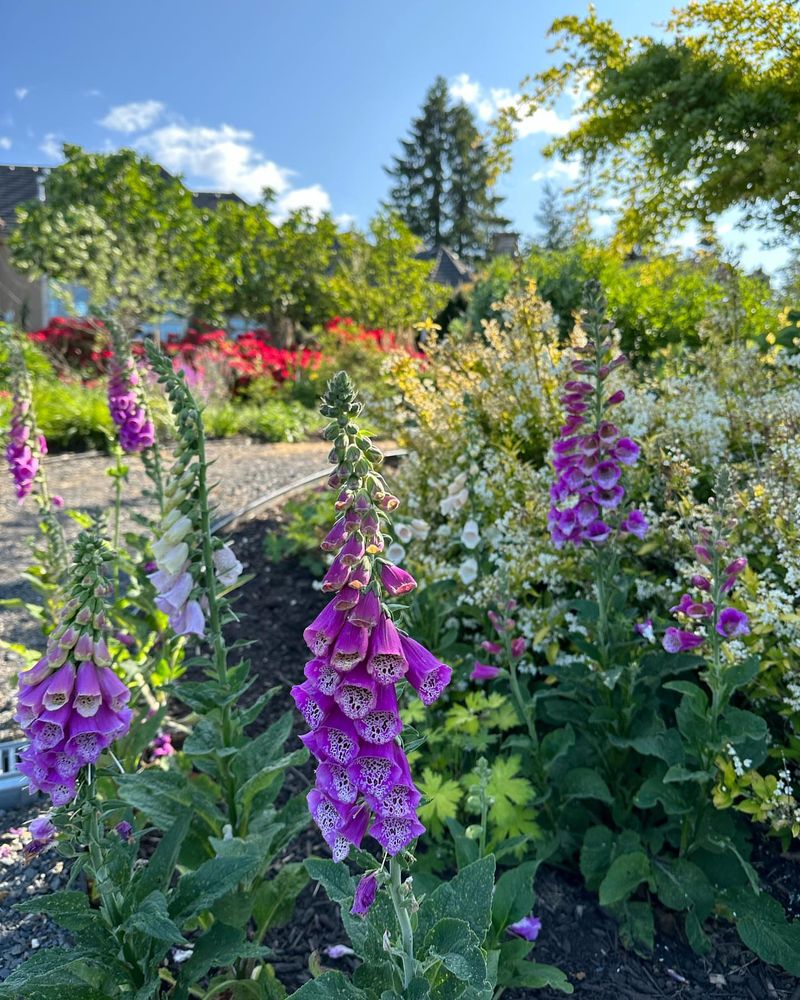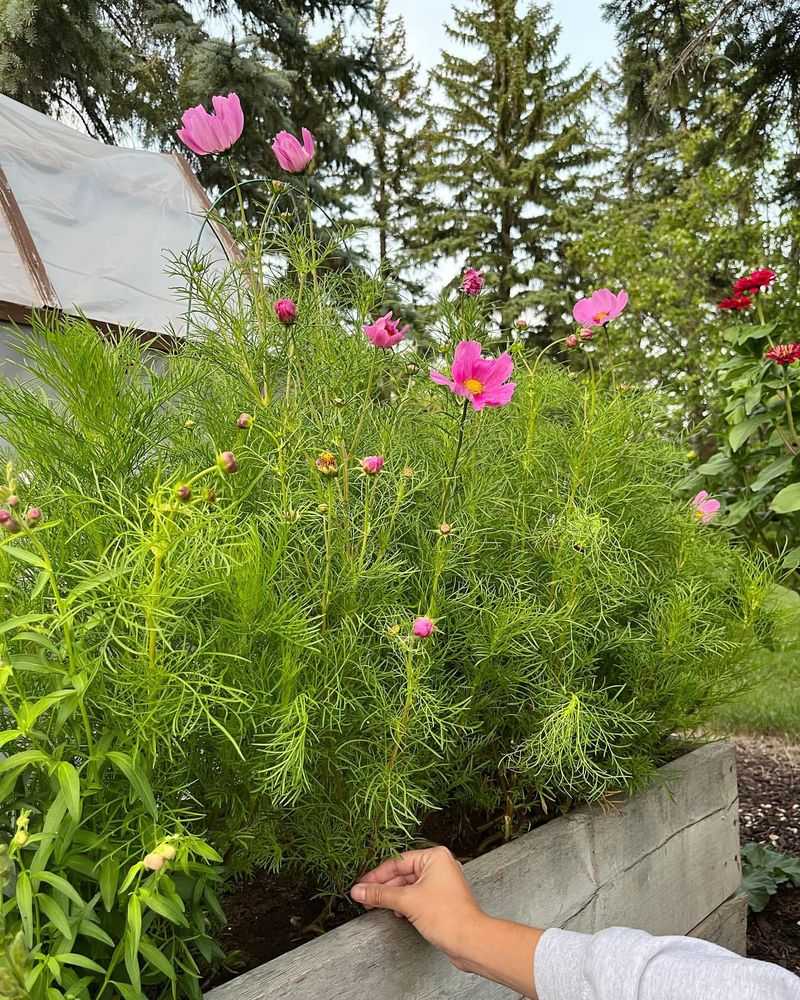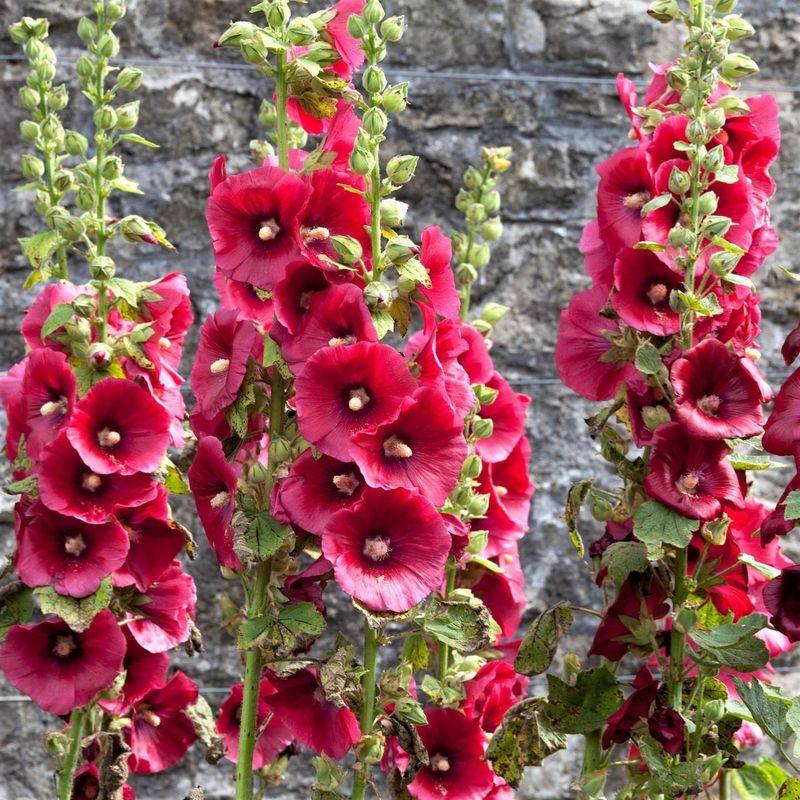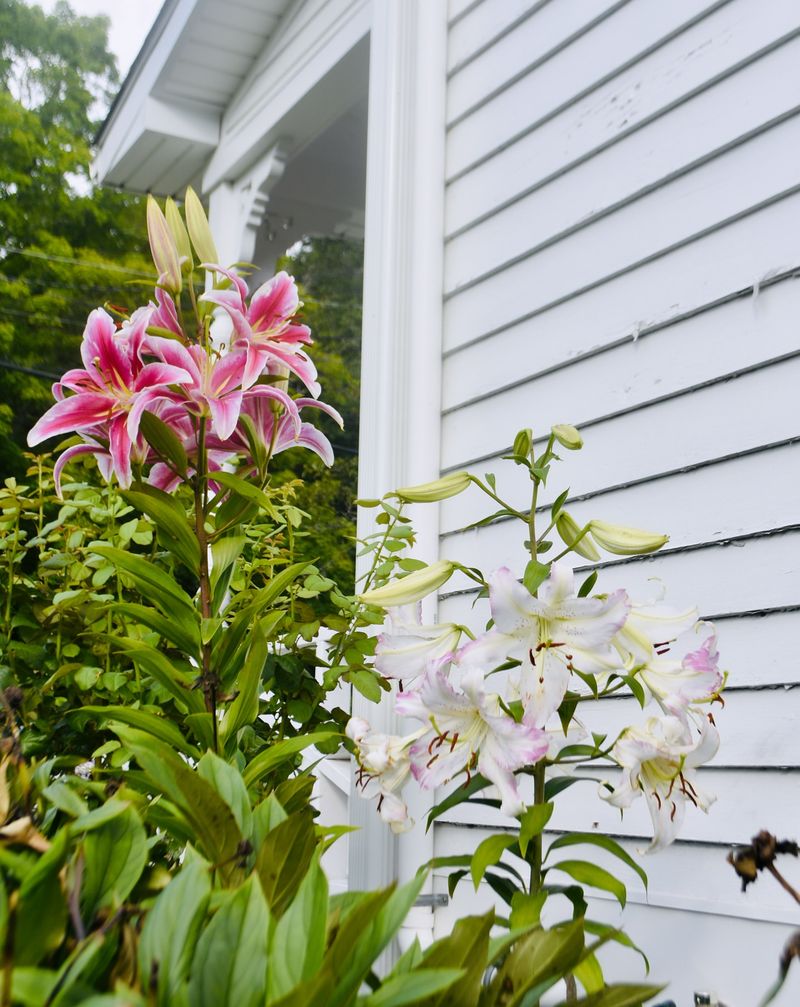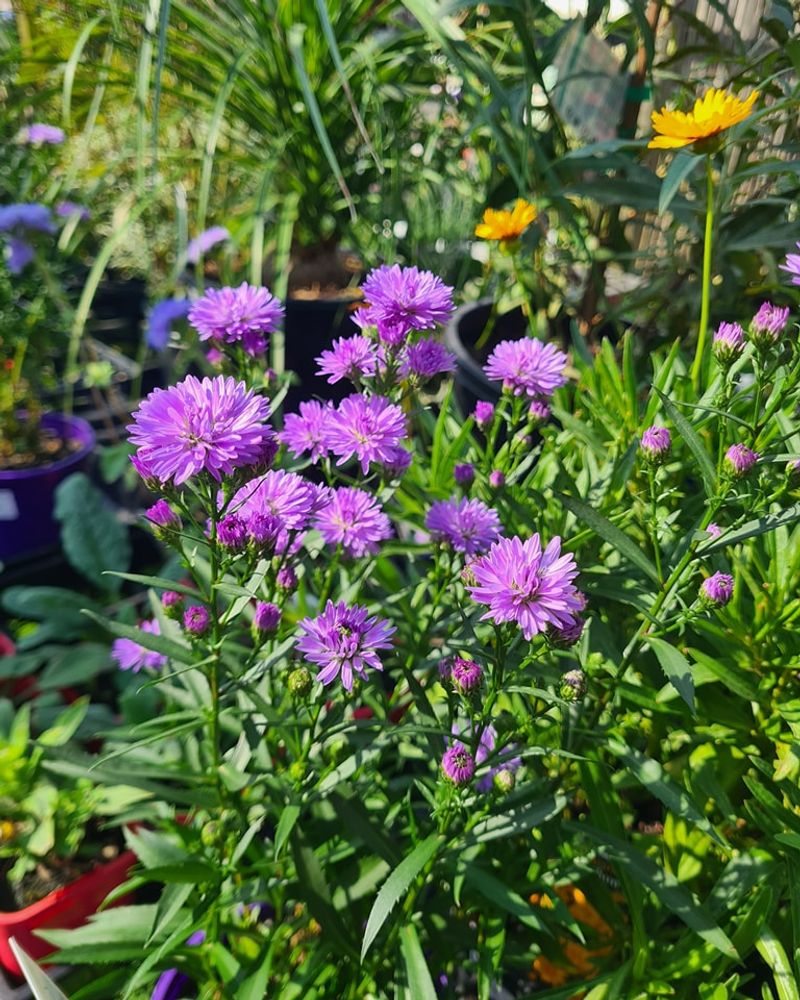Pennsylvania gardens burst with beautiful flowers during the growing season, but some plants just can’t stand tall on their own. Without proper support, these garden favorites flop over from rain, wind, or simply their own weight.
Staking these plants not only keeps your garden looking tidy but also ensures healthier growth and more impressive blooms.
1. Towering Delphiniums
Reaching impressive heights of 3-6 feet, delphiniums create stunning vertical interest with their spires of blue, purple, pink, or white flowers. Pennsylvania’s summer storms can quickly topple these beauties without support. Install stakes early in the growing season when plants are about a foot tall.
This allows stems to grow naturally around the support rather than forcing already-grown stems into position. Garden centers across Pennsylvania offer specialized delphinium cages that provide ideal support.
2. Lush Peonies
Nothing says early summer in Pennsylvania quite like peonies with their massive, fragrant blooms. Unfortunately, those gorgeous flowers become heavy water collectors during our spring rains. Peony rings or grow-through supports work best when placed over young plants in early spring.
By the time those dinner-plate sized blooms appear, the foliage will have grown through and hidden the supports completely. Without staking, expect to find your beautiful blooms face-down in the mud after the first good rain.
3. Sunflowers for Cutting
Growing cutting sunflowers in Pennsylvania flower beds creates cheerful focal points, but their top-heavy nature makes them vulnerable to summer storms. Unlike field varieties, cutting types often have multiple branches and massive flower heads.
A grid system works wonders for sunflower support. Create a square of stakes around the planting area and run twine between them at various heights as plants grow.
The stems grow through this grid naturally. For individual specimens, bamboo stakes secured with soft plant ties prevent disappointment when those dinner-plate sized blooms develop.
4. Dahlias in Full Glory
Dahlia enthusiasts across Pennsylvania know the heartbreak of finding prized blooms face-down after a summer storm. These Mexican natives produce flowers so large and abundant that stems simply can’t support them unaided.
Metal grow-through supports work for smaller varieties, but larger dinner-plate dahlias demand individual attention.
Place stakes when planting tubers, then secure stems with soft ties as they grow. Many Pennsylvania gardeners swear by the tomato cage method – placing a sturdy cage over young plants allows for support without visible stakes.
5. Gladiolus Spikes
Sword-like gladiolus create dramatic vertical elements in Pennsylvania gardens with their sequential blooming habit.
A single gladiolus spike might display up to 20 blooms, creating considerable weight at the top. Pennsylvania’s summer thunderstorms spell disaster for unsupported glads.
Bamboo stakes work perfectly – one per corm, inserted at planting time to avoid damaging the developing corm. For larger plantings, create a grid system with stakes and twine to support multiple stems at once.
6. Flopping Foxgloves
Foxgloves charm Pennsylvania gardeners with their tubular, speckled blooms that attract hummingbirds. These biennial beauties grow tall flower spikes that easily reach 4 feet, making them top-heavy and prone to leaning.
Green bamboo or metal stakes blend nicely with the foliage when placed early in the growing season. Secure the stems with twine in several places as they grow taller.
Pennsylvania gardeners have discovered that planting foxgloves near shrubs or sturdy perennials provides natural support while creating beautiful plant combinations.
7. Floppy Cosmos
Cosmos add airy charm to Pennsylvania flower beds with their delicate blooms dancing above ferny foliage. Despite their ethereal appearance, these Mexican natives grow surprisingly tall – often reaching 4-5 feet in rich Pennsylvania soil.
Their slender stems make them particularly vulnerable to summer storms. Creating a support grid with stakes and twine prevents the dreaded flop.
Place stakes around the planting area when seedlings are about 8 inches tall, then run horizontal twine between stakes at 12-inch intervals as plants grow.
8. Hollyhock Sentinels
Few plants create the cottage garden feel that hollyhocks bring to Pennsylvania landscapes. These old-fashioned favorites produce towering spikes of saucer-shaped blooms that can reach an impressive 8 feet tall.
Such height makes them particularly vulnerable to Pennsylvania’s summer storms. Install sturdy stakes behind young plants, securing stems with soft ties as they grow.
Many Pennsylvania gardeners plant hollyhocks against fences or walls for additional support and dramatic effect. Their shallow root systems make proper staking even more crucial.
9. Lilies in the Limelight
Oriental and Asiatic lilies create spectacular mid-summer displays in Pennsylvania gardens, but their top-heavy nature demands support.
A single stem might produce 8-10 massive blooms, creating significant weight at the top. Stake lilies when they reach about 12 inches tall, placing bamboo supports behind each stem. Metal lily rings also work beautifully.
Pennsylvania gardeners with established lily beds often install permanent metal supports that remain year-round, allowing stems to grow through them naturally each season.
10. Branching Asters
Fall-blooming asters provide essential late-season color in Pennsylvania gardens, but their branching habit makes them prone to splitting. New England asters in particular can reach 4 feet tall with dozens of flower-laden branches.
The Chelsea chop method helps create sturdier plants – cut back stems by one-third in late May. For established clumps, install a grow-through support in spring before significant growth begins.
Pennsylvania gardeners have found that circular supports with a grid pattern work particularly well for asters, allowing multiple stems to receive support simultaneously.


